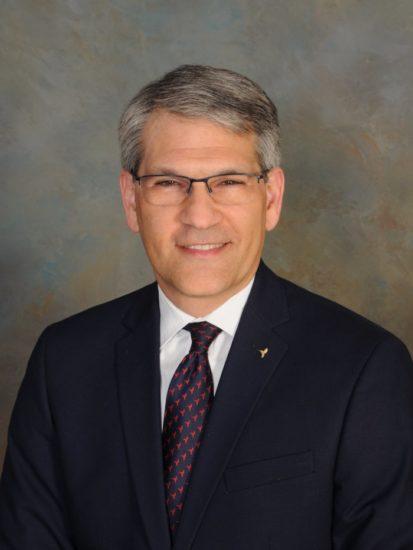eVTOLS: Challenges, Obstacles, and Opportunities

Vertical Flight Society Executive Director Mike Hirschberg Tells Us What’s Up
As far back as 2009, some of the people who pilot aircraft vertically, then fly them horizontally, recognized change was coming. NASA began to recognize the possibility, if not the inevitability, of eVTOLs in 2013. And the Vertical Flight Society (VFS), which began as the American Helicopter Society, held its first Transformative Vertical Flight workshop in 2014.
The event was limited to 100 people – government, industry, academia, and nonprofits – given space restrictions. Just a few years later, eVTOLs had become infused into the VFS’s mainstream activities incorporating civil, military, and UAV.
By 2020, UAM now covers half of what occupies VFS Executive Director Mike Hirschberg’s time. The 2020 Transformative Flight conference had nearly 500 attendees. The development of eVTOLS, their technologies and analytic tools, preoccupies a growing portion of VFS exhibits, events, and technical papers. And, it’s a growing part of the organization’s constituency.
The sessions at VFS’s conferences now focus on what the industry needs now and in the future. The Society is looking for ways to improve vertical flight affordability, performance, and cost-effectiveness.
Flying Is Easy. Making Money, Not So Much
With more than 285 companies and individuals vying to launch commercially viable eVTOLs, it’s easy to believe that doing so isn’t that hard. But, it is.
“It’s not as easy as people think,” Hirschberg says. That’s one of the biggest misconceptions surrounding the development of eVTOLs today. “You can make just about anything fly, anything take off and land,” he says. “But it’s a whole other thing to get one of these aircraft certified for commercial operation.”
You’re potentially looking at producing hundreds or thousands of eVTOL aircraft. You have to know how to scale up production and how to keep them safe and reliable.
“And,” Hirschberg says, “you ultimately have to make a compelling financial case. Can you operate in such a way that you can recoup your investment and make a profit?”
The general public, Hirschberg believes, thinks the revolution is at hand. Many of these eVTOL manufacturing hopefuls see themselves as disruptors.
“But, at the end of the day, you need expertise to get an aircraft certified,” he explains.
What’s It Gonna Take?
Several factors emerge as the primary obstacles to making UAM a part of our daily lives:
Infrastructure: Not just the physical infrastructure, such as vertipads, but the air traffic management (ATM) and unmanned aircraft system (UAS) traffic management (UTM) to support this mode of transportation. That infrastructure will be complex too. Do you have charging stations, fire suppression systems for battery fires? What codes will have to be met?
Technology: Batteries to power this type of flight, not just to lift a drone, but to carry a pilot and up to four passengers.
Standards and Regulations: NASA, the FAA, EASA are all working toward accommodating eVTOLS but – safety first. It will take time to work through these new criteria.
Flight Operations: If there are going to be thousands of new vehicles in the sky, who’s going to fly them? We can’t just instantly train and certify tens of thousands of pilots. There could be autonomous flight but that may take a while.
Public Acceptance: Who is willing to get into a brand-new type of flying aircraft without a trained, competent pilot on board? What about noise, aural and visual? Sure, the public might not mind it ‘over there.’ But NIMBY – not in my backyard – might be a common refrain echoing through the skies.
And everybody wants to be first. They want first-mover advantage. Literally, hundreds of developers are champing at the bit to be one of the first, but only a few out of many will survive the shakedown the industry is most certain to undergo.
The Good News
Yes, things will be challenging. But, says Hirschberg, standards and regulations are in development. The FAA is being proactive. EASA is moving things along. The South Koreans and Japanese are actively embracing eVTOLs.
So, will we be taking an air taxi next week or even next year? No. But we most likely will do so before the decade is out. You know what they say: Time flies. Soon eVTOLs will too.
Want to continue to stay up-to-date about the latest developments in the eVTOL industry? Subscribe to AeroCar Journal now. It’s FREE (for a limited time)!
Join us on Twitter for the latest news, analysis, and insight in the eVTOL industry. AeroCarJ


